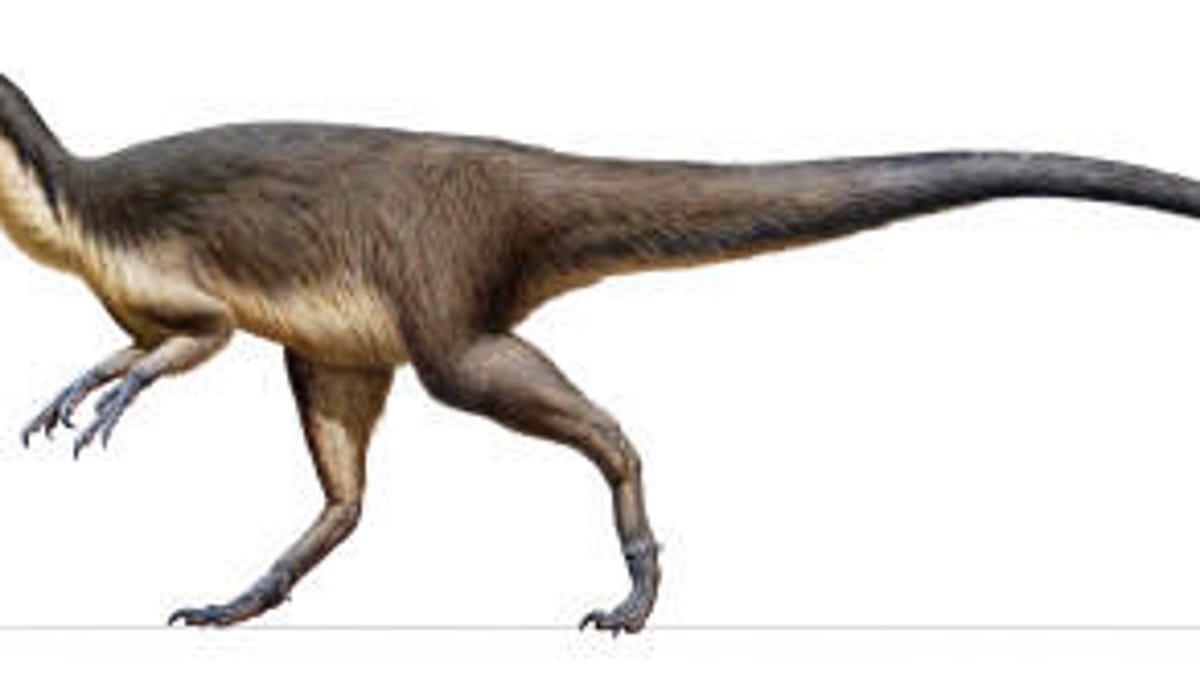Feathered polar dinosaur fossils discovered in Australia
Dinos down under had feathers, mate.

Scientists say dinosaurs may have needed their fluffy coats to survive polar climates.
A fossilized feather from a carnivorous dinosaur was found in Australia.
Around 118 million years ago there was an ancient shallow lake that lay just beyond the southern polar circle in what is now Koonwarra, Australia. Today the town is home to a geological reserve where an international team of scientists have unearthed a rare cache of fossils, which they say is the world's first evidence of feathered polar dinosaurs.
The scientists analyzed a remarkably well-preserved collection of 10 fossil feathers found at the site, which include downy body feathers and tufted hair-like "proto-feathers" from meat-eating dinosaurs, and wing feathers from primitive birds, according to a study published online this week in the journal Gondwana Research.
"Dinosaur skeletons and even the fragile bones of early birds have been found at ancient high-latitudes before. Yet, to date, no directly attributable integumentary remains have been discovered to show that dinosaurs used feathers to survive in extreme polar habitats," Uppsala University's Benjamin Kear, a leading author on the study, said in a press release.
"These Australian fossil feathers are therefore highly significant because they came from dinosaurs and small birds that were living in a seasonally very cold environment with months of polar darkness every year," Kear added.
Martin Kundrát, of Pavol Jozef Safarik University, another author of the study, said the proto-feathers used for insulation suggest "that fluffy feather coats might have helped small dinosaurs keep warm in ancient polar habitats."
The researchers said the Australian fossilized feathers provide the first record of dinosaur coating from the ancient polar regions, and hint what was once a global distribution of feathered dinosaurs and early birds. Some of the Koonwarra fossil feathers are now on display in the "600 Million Years" exhibition at the Melbourne Museum in Australia.
Read more: Fossils of the oldest meat-eating dinosaur were just discovered in Brazil

